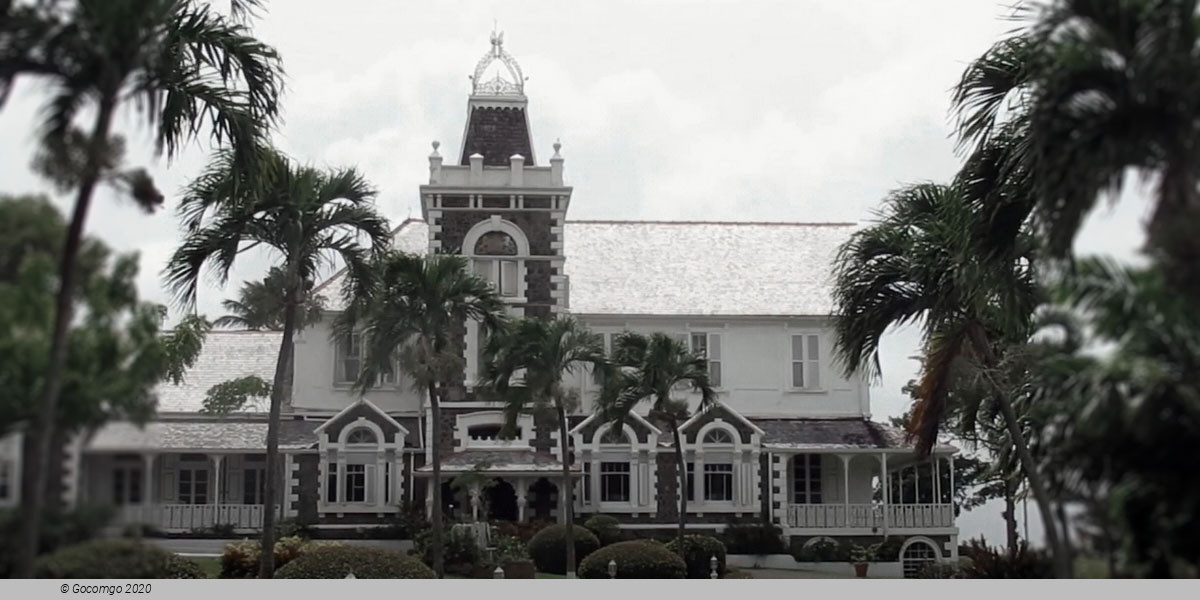Castries

Castries is the capital and largest city of Saint Lucia, an island country in the Caribbean. Castries is in a flood plain and is built on reclaimed land. It houses the seat of government and the head offices of many of foreign and local businesses. The city's design is in a grid pattern. Its sheltered harbour receives cargo vessels, ferry boats, and cruise ships. It houses duty-free shopping facilities such as Point Seraphine and La Place Carenage.
History
In 1650, the fort aupres du Petit Cul-de-Sac et de la riviere du Carénage was founded by a group of 40 Frenchmen led by de Rousselan, when St. Lucia was purchased by Capt. du Parquet and Monsieur Houel from the French West India Company. The capital was moved to the south side of the harbor in 1769 by Gov. Baron de Micoud. In 1785, the village of Carénage was renamed Castries, after Charles Eugène Gabriel de La Croix, marquis de Castries, the French Minister of the Navy and Colonies.
In 1835, the British built the western wharf in 1642 to facilitate the coal trade and the first steamship arrived in 1841, the RMS Solway.
During World War II on 9 March 1942, the German U-161 sailed into Castries harbor at night and sank two allied ships, including the Canadian ocean liner RMS Lady Nelson, which was subsequently refloated in the harbour and taken to Canada to be converted to a hospital ship.
Castries has been rebuilt many times, following major fires on 15 October 1805, 6 April 1813, and most notably on 19 June 1948.
Tourism
One of the major tourist areas in St. Lucia, Castries is a port of call for cruise ships. They dock at Pointe Seraphine, to the north of the harbour.
Castries has landmarks, such as the Cathedral of the Immaculate Conception, Derek Walcott Square (renamed from Columbus Square to honor the island's Nobel Prize-winning poet, Derek Walcott), the City Library, the Government House, and Fort Charlotte, at the top of Morne Fortune (an 845-foot or 258 m hill). Beaches include Vigie Beach, Malabar Beach, Choc Beach, and La Toc Beach.

